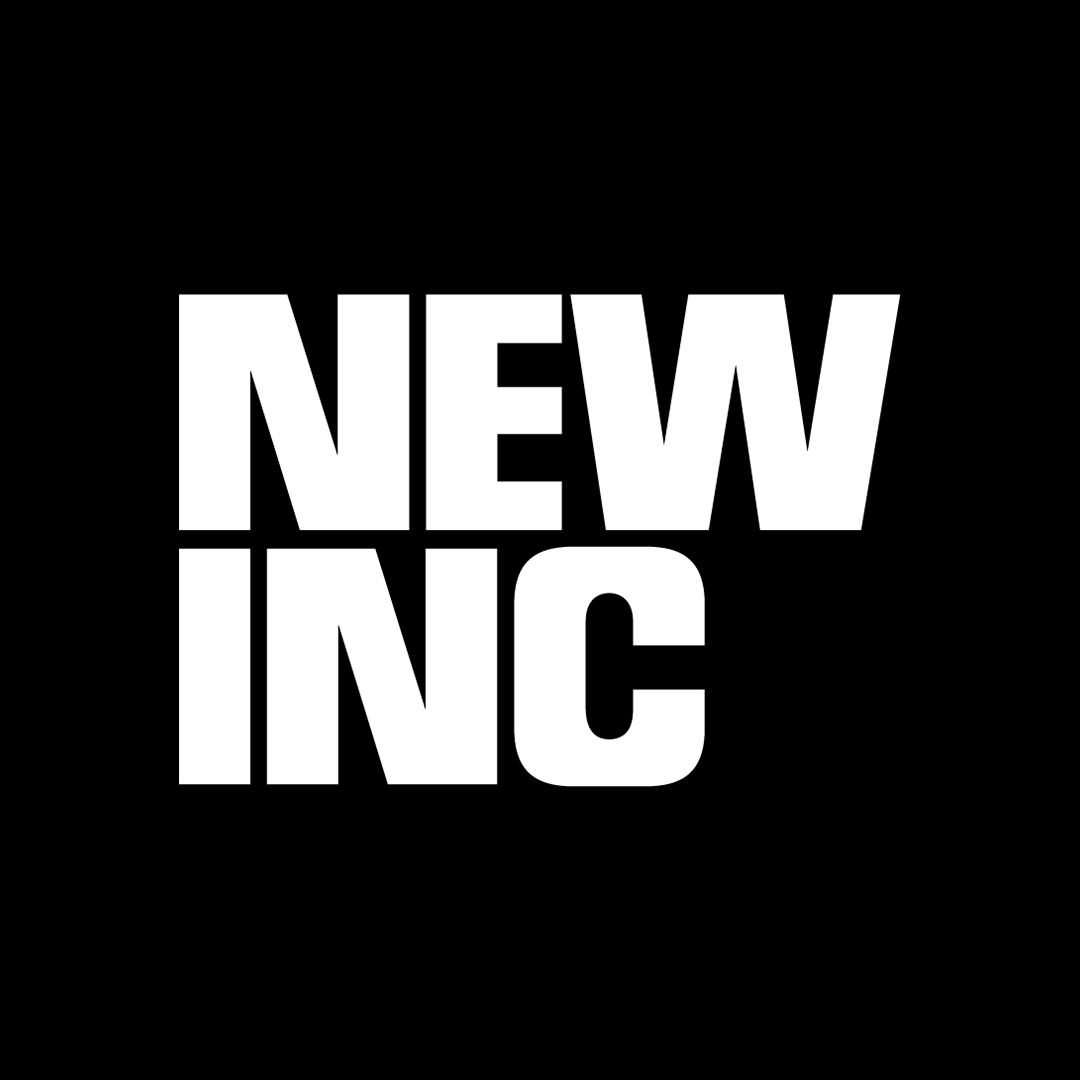Noa Raviv: As An Artist, Letting Go Is Often The Hardest Thing
One of fashion's most innovative minds turns to sculpture.
Noa Raviv, A Matter of Form (2017). Courtesy the artist.
Noa Raviv is perhaps best-known as the early adopter of 3D printing to do 3D printing in fashion well. Over the last three years alone, Raviv has prompted the likes of Vogue, VICE, and Forbes to tout her as one of the fashion industry's brightest up-and-comers—a claim that intensified, in beats, surrounding her involvement in The Metropolitan Museum of Art’s record-breaking exhibition "Manus x Machina."
But these days, Raviv tells us she's turning her attention to sculpture and installation; and in the case of an artist noted for letting her work descend into chaos, the resulting expierments are taking elaborate and curious turns.
“As an artist, letting go is often the hardest thing,” Raviv said in a recent email interview. The comment was made in reference to her newest series of digital sketches, A Matter of Form. At first glance, the works in question—a loose assemblage of abstract sculptures—appear algorithmic: a collection of gridded objects floating like satellites through empty space. Look a little closer, and the forms appear to have a lace-like haze over them, as though mildew or rust is coating their bodies.
Raviv sent her digital sketches to a 3D-printing lab in Toronto, where the objects were printed without her present to supervise or control the process. The subsequent wireframes were then put through a crystallization process, coating the objects in artificial crystals that simulate the chemical phenomenon.
The abstract sketches in A Matter of Form blend the controlled and the disordered, the hand-made and the computer-made, the antiquaited and the futuristic. We spoke with the artist on why she thinks the series fits into the post-digital art narrative.
Noa Raviv, Matter of Form (2017). Courtesy the artist.
1. This seems to be one of your first, if not your first, departures from clothing design into the more sculptural. What prompted that change?
Noa Raviv: I already did a few installations in the past, but this is definitely the largest and I'm really excited about it. During the past year I realized that I'm interested in creating shapes in spaces that are larger than the body, and that address the relationship between body, object, and environment. With fashion design, I often feel a bit limited and I needed a way to express my concepts in a bigger scale. I was really grateful for this opportunity.
2. The process behind Matter of Form was emphatically hands-off. What interests you about letting your work form itself and take a life of its own?
I am really interested in the relationship between the hand-made and the computer-made. I've been exploring this theme for the past few years, and I still find it fascinating and relevant. Thinking about the creation of an artwork without the need to be hands-on is very exciting, and I thought this installation is a good opportunity to explore the making of objects in a different way. I wanted to push myself by being less hands on than I usually am.
3. Can you walk me through your process 3D-printing in more detail? What did this process look like?
I worked on a 3D software and sent the files directly to them, the files were printed in Canada, at Ryerson University, with the amazing help and support of the incredible team at the digital fabrication lab there. Then, when I arrived to Toronto, we worked on the creation of crystals around the objects, a process that creates kind of a random outcome. Up until the last moment, I wasn't exactly sure how everything is going to look.
Noa Raviv, Matter of Form (2017). Courtesy the artist.
4. You also said that these objects could be anything from things found undersea to early architectural renderings. What inspires you about the ambiguous form?
I like abstract shapes, and what I particularly liked about these shapes, is that they can be interpreted in so many different ways. They can look very organic or very digital, they can appear like man-made vessels or like skeletons of ancient sea creatures. They also seem prehistoric and futuristic at the same time. I'm really interested in all those dualities.
5. What's next for you? Do you see yourself further exploring outside wearables?
Yes, definitely. I'm interested in further exploring the way body, movement, space and technology can be interlaced. During recent years it became very apparent to me that clothes represent much more than the eye can see as, they are always part of a bigger story, that includes also body, objects and environment and I am passionate to continue evolving these ideas and concepts into artworks and installations.
Author: Annie Armstrong
Editor: Rain Embuscado



